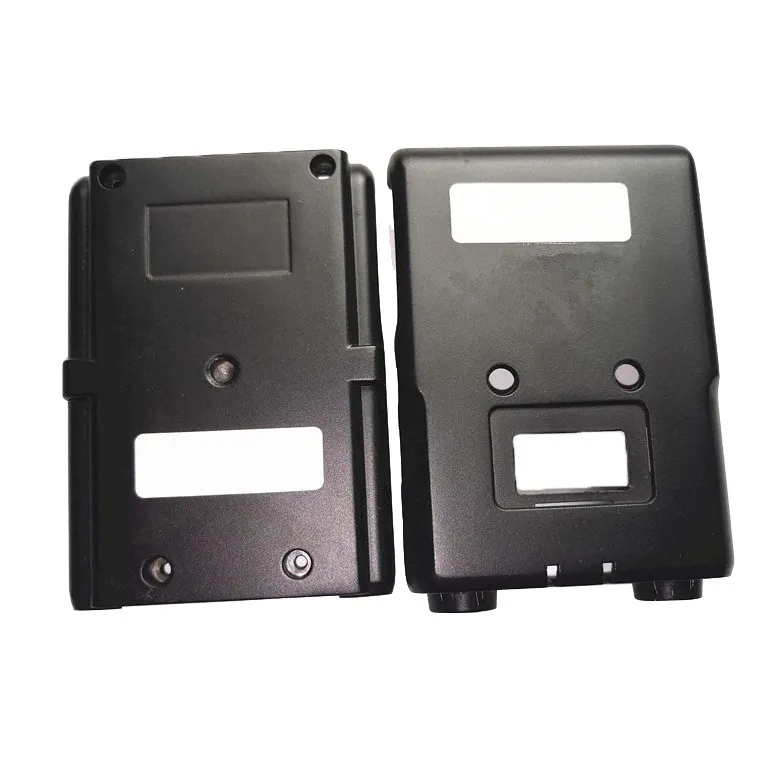Diecast Quality Top 7 Factors
Diecast models are more than just toys; they’re intricate works of art that capture the essence of real-life vehicles. Whether you’re a seasoned collector or a newcomer to the hobby, understanding the factors that contribute to diecast quality is essential. This guide will delve into the seven most critical aspects that determine the worth, appeal, and longevity of these miniature marvels. From the materials used to the precision of the detailing, we’ll explore what separates a good diecast from a great one. Knowing these factors will empower you to make informed choices and appreciate the craftsmanship that goes into each model, ensuring that your collection is filled with pieces of enduring value. Let’s dive in and uncover the secrets to identifying the finest diecast models available.
Material Selection
The materials used in a diecast model significantly impact its overall quality. The primary material is typically a zinc alloy, often referred to as zamak, which provides a good balance of strength and detail. High-quality diecast models use a higher percentage of this alloy, resulting in a more durable and detailed finish. The weight and feel of a model can be indicative of the quality of the alloy used; heavier models often suggest a higher metal content and thus, better quality. Careful selection of materials ensures that the model can withstand handling and the test of time, preserving its aesthetic appeal and structural integrity for years to come. This is the first critical factor to consider when assessing diecast quality.
Zinc Alloy

Zinc alloy forms the backbone of most diecast models, providing the necessary rigidity and ability to capture fine details. The quality of the zinc alloy itself can vary; premium models use a purer, higher-grade alloy that resists corrosion and provides a superior surface finish. This alloy allows for intricate designs and sharp detailing, making it ideal for replicating complex vehicle features. The density of the zinc alloy contributes to the model’s weight, giving it a realistic feel that enhances the overall collecting experience. Proper zinc alloy composition is a key factor in ensuring the longevity and aesthetic quality of your diecast models, contributing to their value and appeal.
Aluminum
While less common than zinc alloy, aluminum can also be used, particularly for certain parts or in higher-end models. Aluminum offers a lightweight alternative with excellent corrosion resistance and can achieve a high degree of detail. It’s often favored for parts that require specific properties, like engine components or chassis elements. Models that incorporate aluminum parts often demonstrate a commitment to quality and attention to detail. When combined with other materials, aluminum contributes to a more refined and durable diecast model, adding to its overall value and collectibility. This versatility makes it an important consideration for those assessing diecast quality.
Plastic Components
Plastic components play a crucial role in the assembly and detailing of diecast models. The quality of the plastic used, whether ABS, PVC, or other types, is essential for the model’s overall appearance and durability. High-quality plastic parts are precisely molded to fit seamlessly and feature crisp details. These plastics are often used for interior components, such as dashboards and seats, and exterior elements like mirrors and lights. Good plastic components enhance the model’s realism and withstand wear and tear, contributing to its longevity. Ensure that the plastic used is of high quality, complementing the metal components and enhancing the overall aesthetic appeal of your diecast models.
Manufacturing Process
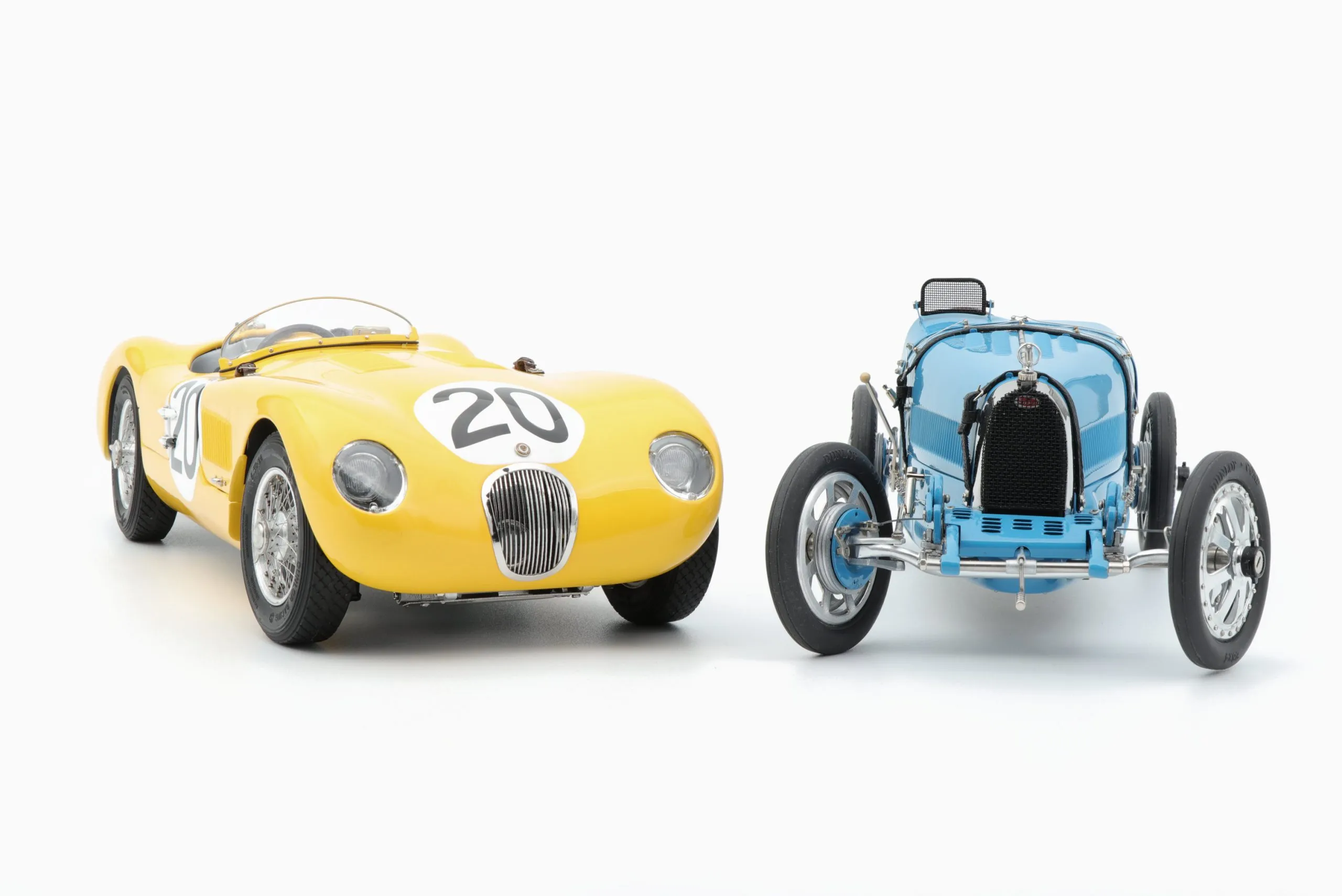
The manufacturing process is a core element determining diecast quality. The precision with which a model is created, from the initial mold design to the final assembly, directly influences its appearance and durability. Manufacturers employ various techniques, including die-casting, injection molding, and meticulous detailing, to achieve the highest quality. A well-executed manufacturing process ensures that all parts fit perfectly, the paint is applied evenly, and the model accurately represents its real-world counterpart. Pay close attention to the build quality and the precision of the details, as these are key indicators of the model’s overall value and appeal. The manufacturing steps are not only important, but also adds a great value to the models itself.
Mold Design
The mold design is the foundation upon which the entire diecast model is built. A well-designed mold allows for the faithful replication of intricate details, sharp edges, and accurate dimensions. The quality of the mold dictates the level of detail achievable; precision molds produce models with realistic features and a high degree of accuracy. Advanced mold designs incorporate multiple parts and sophisticated techniques to ensure all elements of the model fit together seamlessly. This attention to detail is essential for creating a visually appealing and highly collectible diecast model. Evaluate the level of detail and the precision with which it’s captured to gauge the quality of the mold design.
Injection Molding
Injection molding is a critical process in manufacturing plastic components for diecast models. The precision and consistency of this process directly impact the fit, finish, and overall quality of the model. High-quality injection molding results in parts that fit perfectly, with sharp details and minimal imperfections. The process involves injecting molten plastic into a mold under high pressure, ensuring every detail is captured accurately. Excellent injection molding is particularly important for interior components and exterior details. Careful attention to this stage is a hallmark of a high-quality diecast model. Examining the parts for precision and smoothness is a good indicator of quality.
Finishing and Detailing
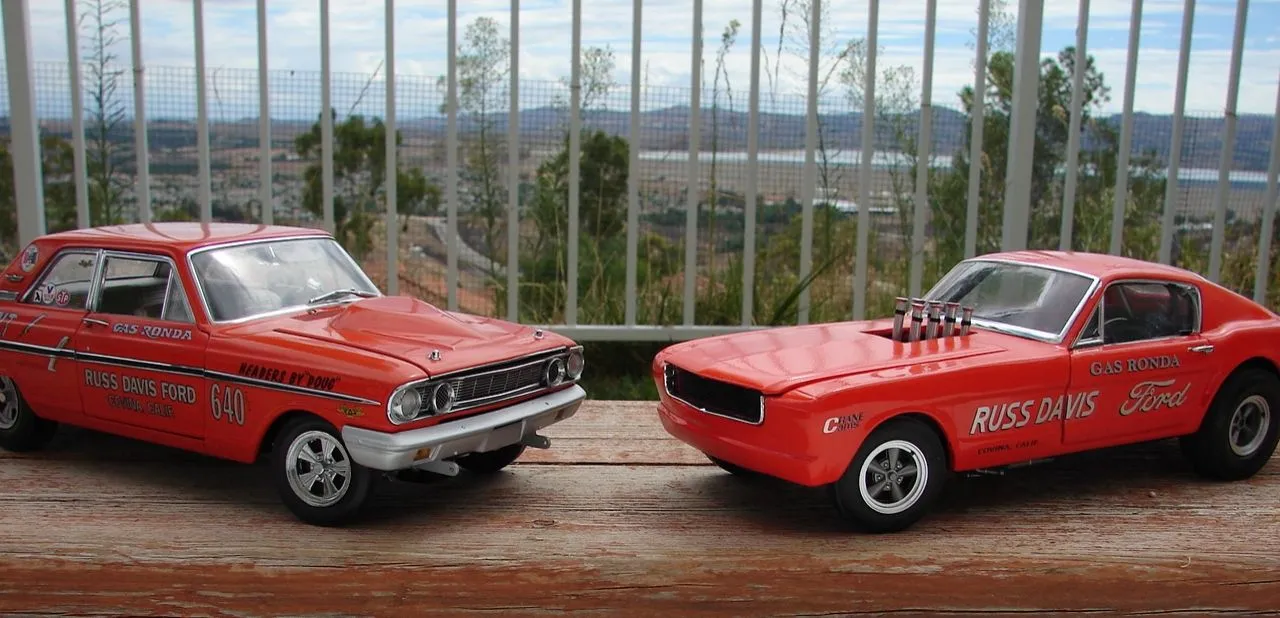
The finishing and detailing process is where a diecast model truly comes to life. This stage includes paint application, decal placement, and the addition of intricate details. High-quality models feature flawless paintwork, with even coverage and realistic finishes. Accurate decal application, including precise placement and crisp graphics, enhances the model’s authenticity. Intricate detailing, such as finely rendered grilles, accurate interior components, and realistic wheels, showcases the manufacturer’s commitment to quality. Assessing the finishing and detailing is critical to determining a diecast model’s overall appeal and its value to collectors.
Paint Quality
The quality of the paint is a defining factor in the overall appearance of a diecast model. Premium models use high-quality paints that provide a smooth, even finish and resist chipping or fading. The paint should be applied in multiple layers to achieve depth and realism. High-quality paint enhances the model’s appearance and protects the metal underneath, increasing its longevity. Look for models with a glossy, even finish, free of imperfections, and with accurate color representation. The paint job is one of the first things that catches the eye, making it a critical factor in evaluating diecast quality.
Pad Printing and Decals
Pad printing and decals are essential for adding intricate details such as logos, stripes, and markings to a diecast model. High-quality models use precise pad printing and decals that are accurately placed and durable. The decals should be crisp, with no blurring or misalignment. Premium models often have decals that are applied over a clear coat to protect them from damage. Poorly applied decals can detract from the model’s appearance, while expertly executed ones significantly enhance its realism. Pay close attention to the quality and accuracy of these details, as they significantly affect the model’s authenticity and value.
Scale Accuracy
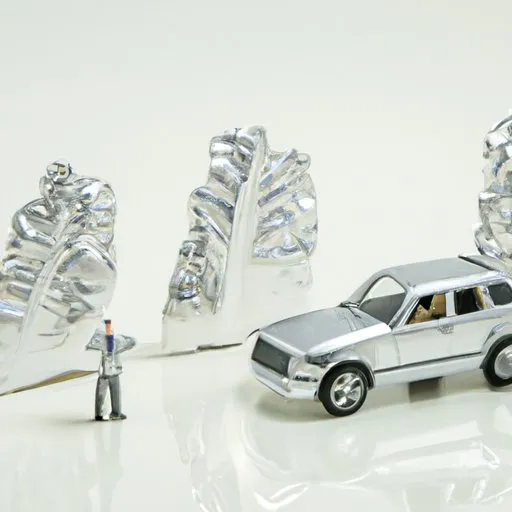
Scale accuracy is essential to the realism and collectibility of a diecast model. A model that accurately reflects its real-world counterpart in both proportions and dimensions is highly valued by collectors. This involves precise measurements and meticulous attention to detail during the design and manufacturing process. Scale accuracy isn’t just about aesthetics; it’s a fundamental aspect of a model’s collectibility and long-term value. Ensure that the model is true to scale, with all dimensions and features correctly represented. Checking the specifications against the actual vehicle is crucial for assessing this aspect of diecast quality.
118 Scale
1:18 scale diecast models are a popular choice for collectors due to their size and detail. At this scale, manufacturers can incorporate intricate details, allowing for highly realistic representations of vehicles. The larger size of these models enables more elaborate detailing, including opening doors, working suspensions, and detailed interiors. Collectors appreciate the level of realism achievable at this scale, making it a standard for premium diecast models. When assessing a 1:18 scale model, pay close attention to the proportions, detailing, and overall accuracy to the real-world vehicle, ensuring that it meets the standards of quality expected at this scale.
1:24 Scale
1:24 scale models offer a balance between detail and display space. They’re smaller than 1:18 scale, making them easier to display while still allowing for a high level of detail. This scale is commonly used for a wide variety of vehicles, from classic cars to modern sports cars. The detail level in 1:24 scale models can be impressive, with features such as detailed engine compartments, interiors, and accurate paint finishes. When evaluating a 1:24 scale model, assess the overall proportions, detailing, and the accuracy of the paint and decals. This scale is a great option for those seeking quality and detail in a more manageable size.
Assembly and Construction
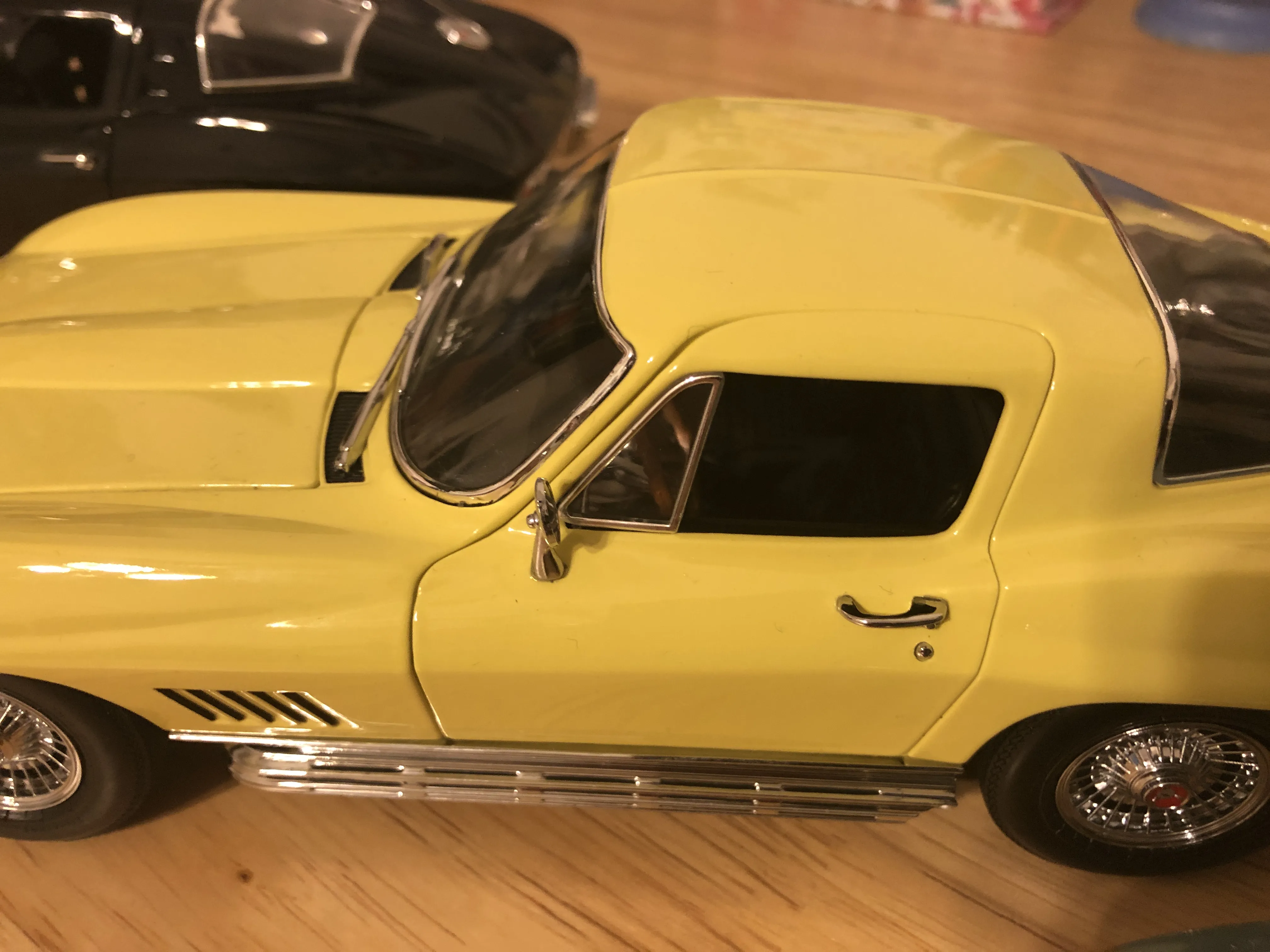
The assembly and construction of a diecast model is a critical factor in determining its overall quality. This involves how the various components are put together, the precision of the fit, and the overall structural integrity of the model. High-quality models feature seamless assembly, with parts fitting perfectly together and no visible gaps or misalignments. Well-constructed models are durable and can withstand handling without parts coming loose or breaking. Evaluate the assembly by examining the fit and alignment of the parts, and assess the model’s overall build quality. A well-constructed model indicates a commitment to quality and attention to detail during the manufacturing process.
Fit and Alignment
The fit and alignment of parts are crucial to the overall appearance and quality of a diecast model. High-quality models have parts that fit together seamlessly, with no gaps or misalignments. This includes doors, hoods, trunks, and other moving components. The precision of the fit ensures a smooth and realistic appearance. Poor fit and alignment can detract from the model’s aesthetic appeal, making it look cheap or poorly made. Examine the model carefully, paying attention to the way the parts fit together, and assess the overall quality of the assembly. Excellent fit and alignment are hallmarks of a high-quality diecast model and contribute to its value.
Durability and Build Quality
Durability and build quality are essential for a diecast model’s longevity and enjoyment. A well-built model should be able to withstand regular handling without parts breaking or coming loose. This includes the quality of the materials used, the precision of the assembly, and the overall structural integrity. High-quality models are made to last, retaining their appearance and value for years. Checking for any loose parts, weak joints, or potential points of failure is essential. Durable models are a worthwhile investment, offering lasting enjoyment and value to collectors. A durable model is a testament to the quality of its construction.
Handling and Playability
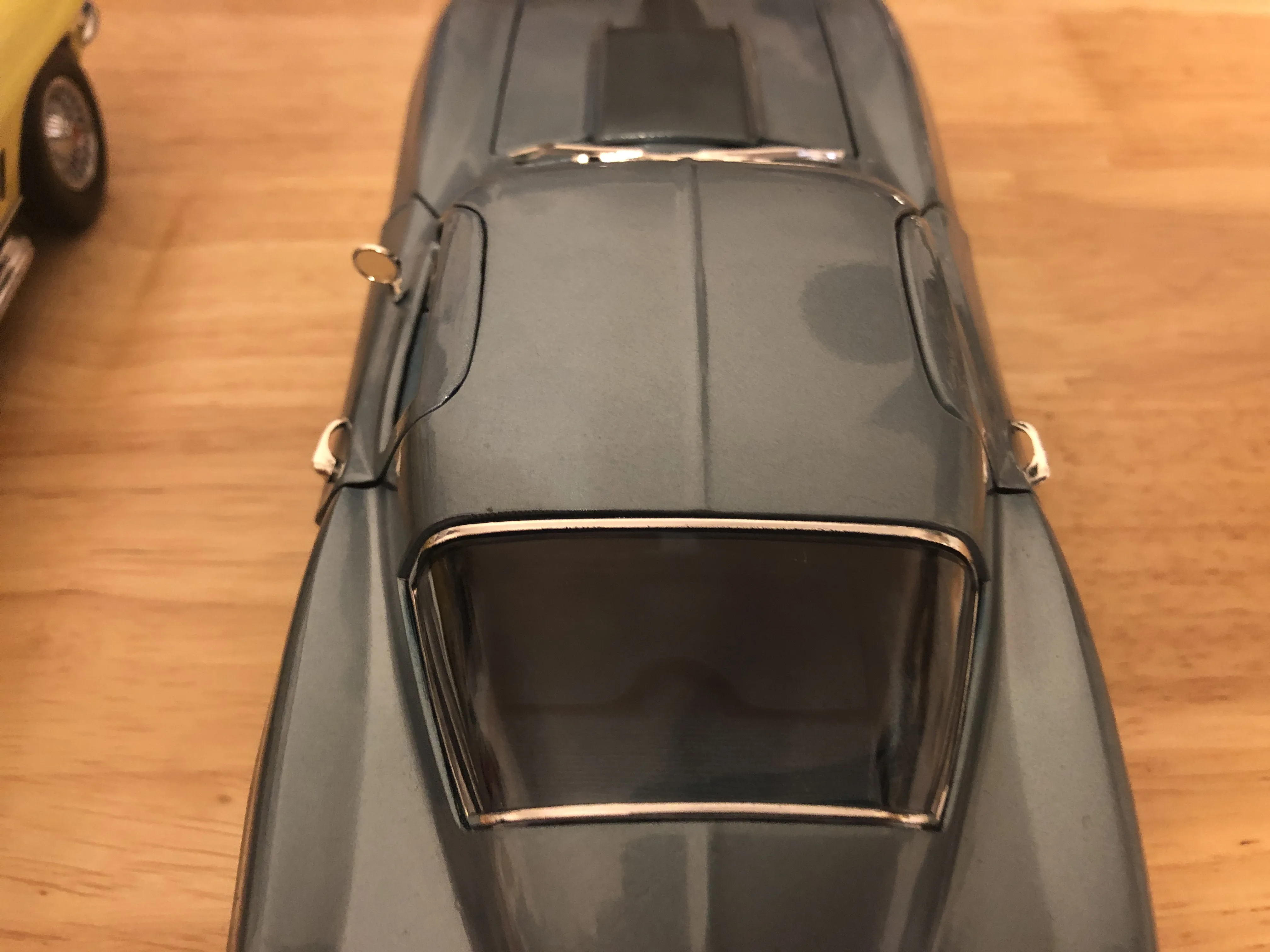
Handling and playability are crucial factors, particularly for diecast models intended for enthusiasts and collectors. The ease with which a model can be handled, including the opening and closing of doors, the rolling of wheels, and the overall feel of the model in hand, contributes significantly to the collecting experience. Models with smooth-moving parts and a solid feel are more enjoyable to interact with. Consider the quality of the moving parts, the smoothness of the operation, and the overall user experience. High-quality models provide a satisfying tactile experience, enhancing the overall enjoyment of the diecast model and its collectibility. Smooth and reliable handling is a sign of quality.
Brand Reputation
Brand reputation is a strong indicator of a diecast model’s quality. Established brands often have a long-standing commitment to excellence, reflected in their model’s design, materials, and construction. These brands invest in research, development, and quality control to ensure their models meet high standards. Look for brands known for their attention to detail, accuracy, and durable construction. Researching the brand’s history and reputation can provide insights into their commitment to quality. Choosing models from reputable brands can greatly improve your collecting experience, ensuring you receive a high-quality product.
Customer Reviews and Ratings
Customer reviews and ratings provide valuable insights into the quality of diecast models. These reviews offer firsthand accounts from other collectors about their experiences with specific models and brands. They can highlight both the strengths and weaknesses of a model, including details about accuracy, build quality, and overall value. Reading reviews can help you identify potential issues and make informed decisions. When reviewing the feedback, consider the consistency of the opinions, as well as the credibility of the source. Use customer reviews and ratings to gain a better understanding of the model’s quality and to make informed purchasing decisions.
Packaging and Presentation
Packaging and presentation play a significant role in the overall experience of owning a diecast model. High-quality models often come in attractive and protective packaging that enhances their value and collectibility. The packaging should not only protect the model during shipping and storage but also provide essential information about the model. Collectors often keep the original packaging to maintain the model’s value. Pay attention to the quality of the packaging materials, the design, and the included information. Packaging is an integral part of the premium diecast experience, reflecting the care and attention to detail that goes into the model itself. Consider packaging an integral part of the collecting experience.
Protective Packaging
Protective packaging is crucial for preserving the condition of a diecast model, particularly during shipping and storage. High-quality packaging includes features such as foam inserts, clear display windows, and sturdy boxes. These elements protect the model from damage, scratches, and other environmental factors. The packaging should provide a secure environment that minimizes the risk of damage. Collectors often appreciate packaging that allows for easy viewing of the model without removing it. When assessing a diecast model, examine the protective packaging for its quality and functionality. Good packaging adds to the overall value and collectibility of the model.
In conclusion, diecast quality encompasses many factors, from the materials used to the accuracy of the detailing and the packaging. By considering these top 7 factors, you can confidently select high-quality diecast models that will enhance your collection and provide lasting enjoyment. Remember to focus on material selection, manufacturing processes, finishing and detailing, scale accuracy, assembly and construction, durability and build quality, as well as brand reputation. Each element contributes to the model’s overall value, realism, and appeal. Happy collecting!
